It seems there is no sphere of life where people didn’t need glass bottles. In the past, everything came in this packaging type, including soda, milk, medicines, inks, perfumes, and poisons. If you admire their variety of shapes, sizes, and colors, you should look for these fascinating collectibles.
However, it is advisable to learn everything about valuable antique bottle identification and price guide before buying one. Knowing how to determine the bottle value based on condition, rarity, and color will help you avoid potential fraud. Let’s take a look.
Table of Contents
Antique Bottle History
Until the mid-18th century, the glass didn’t record its frequency of use. The only known items for storage were pottery and earthenware, but that changed with the Industrial Revolution. In that period, glass items came into widespread use.
Initially, the crucial bottle application was in medicine. They always had inscriptions written in raised letters to prevent people from taking the wrong medical product and potential poisoning.
Since there was still no light bulb, the protruding letters were more visible under the candles or gaslighting light. Collectors highly appreciate and always look for such pieces.
The glass bottles era has marked two periods, the blown glass bottles and the machine automation time. Let’s see.
The blown glass bottles
During the 1800s, glass bottle production depended on the glassblowers’ skill. Their task was to distribute the molten glass in iron or wooden mold by blowing. In the end, one of the workers finished shaping the edge after the glass mixture became cold and hardened.
As you can expect, bottles made this way are more valuable for collectors than mass-produced ones. Consequently, their value is significantly higher on the antique market.
Machine automation period
The semi-automatic bottling machine completely changed bottle production in 1892. The new making bottle technique was less complicated than the previous way of blowing glass. Plus, the machine itself shaped the bottle edge at the same time as its body, so there was no need for manual finishing.
Machine-made bottles had a uniform look but became less attractive to collectors for that reason. As a result, pieces made this way have a significantly lower value on the current antique market.
The Antique Bottle Value Identification and Determination
1. Antique bottle types
It can be challenging to classify all antique bottles because there is a much variation in their size, shape, and purpose. However, a list of bottle standard types can help categorize them.
Barber bottle
Barbers typically used their own bottles to fill them with bay rum, hair tonic or oil, rosewater, and shampoo. They were in use from 1870 to 1920, and many customers enjoyed personalizing them by adding their names.
Beverage bottle
You can find returnable and non-returnable bottles used for keeping mineral water, carbonated drinks, and malt beverages. Finding them in various shapes and colors is possible nowadays, and the most famous example is undoubtedly the Coca-Cola bottle.
Bitter bottle
This bottle type is available in different shapes and sizes, and their purpose was to store various bitters. Most often, you can find them in brown color.
Syrup bottle
People used these bottles to store various syrups necessary in their households.
Flask bottle
Although their appearance doesn’t resemble today’s flasks, these pieces’ function was to store strong drinks. Their shape was unique, with short, stocky necks.
Food bottle
You can find bottles and jars of various shapes and sizes in this large group. Their purpose was to store particular food.
Fruit jar bottle
These practical jars were an excellent solution for containing fruit compotes prepared for the winter.
Ink bottle
These bottles usually stood on the desk, so it was necessary to make their appearance decorative. Plus, they had a convenient shape crucial for preventing possible turning over.
Cosmetics bottle
This bottle type came in many different shapes, sizes, and colors. Women used them to keep cosmetics such as creams, powder, lipsticks, and blushes.
Druggist or medical bottle
This group included the most diverse bottle types. Since health was left to individuals at that time, most families had their own bottles with medications different in appearance.
Poison bottle
At that time, everyone could buy arsenic and similar poisons in the pharmacy or grocery store and use them as pesticides. Therefore, it was necessary to keep them in bottles of specific appearance.
These models were typically cobalt blue, green, and rarely amber, and those specific colors helped reduce the number of accidental poisonings. They sometimes came with a protruding human skull sign and the inscription NOT TO BE TAKEN.
2. Antique bottle shape
Private bottle molds appeared in the mid-19th century when glass companies responded to manufacturers’ demands for specially designed bottles. At that time, the specific bottle shape most often indicated its purpose or the content type.
3. Antique bottle lips
You can roughly determine the bottle age based on their lip appearance. While bottles manufactured until 1870 had a rough lip due to hand processing, machine production made them uniform.
Lips production |
|
| Lips type | Production period |
| Flared lips | 1830 to 1850 |
| Sheared lips | 1830 to 1850 |
| In-rolled lip | 1840 to 1860 |
| Applied round band | 1840 to 1870 |
| Applied square band | 1840 to 1870 |
| Applied blob | 1840 to 1870 |
| Applied double collar | 1840 to 1870 |
| Applied taper | 1840 to 1870 |
| Early crew cap with ground lip | 1860 to 1910 |
| Tooled with applied ring | 1870 to 1910 |
4. Antique bottle markings
The mark on the bottle can best help you check whether your piece is antique or not. They include manufacturer initials, a trademark, a single letter, or a series of numbers.
5. Bottle base mark – When bottles have markings made up of letters and numbers on their base, it is a sign they date from the late 19th century. These numbers determine the bottle shape, style, specific mold, the factory location, and the manufacturing date.
6. Embossed markings – Common embossing marks are letters or manufacturers’ markings located on the bottle bottom or one side. These marks also include machine traces and lines created from molds.
7. Manufacturer mark – This mark can provide valuable information when determining how old your bottle is. Besides, it can reveal the original bottle’s purpose.
8. Mold seams – The bottle production from the mold resulted in hard-to-see seams on the glass that typically appeared after removing the bottle from the mold.
Machine-made bottles always had visible seams. For instance, models from 1905 to the 1920s had particularly pronounced thicker mold seams, but they became thinner with machine production progression.
9. Antique bottle age
Although not every old bottle has significant value, an antique piece will undoubtedly be more pricey than a new one. There are several ways to determine your bottle age, but the crucial thing is to look for the pontil mark at its bottom.
That was where the bottle was attached to the pontil glass blower rod during the production process. Based on this designation, antique bottles can belong to one of the four eras, including:
- Open pontile bottles produced from the 1600s to 1855
- Iron pontile bottles dated from 1840 and 1865
- Bottles on smooth bases from 1865 to 1917 period
- ABM (automatic bottle machine) bottles began their era in 1914, and their production has continued to this day
10. Antique bottle condition
Each collectible item’s value, including bottles, is significantly affected by its current condition, so it is the first thing to check. As expected, a bottle that deviates as little as possible from its original state will have a higher price. The first thing to look for is the details that increase your bottle value, such as:
- Original box or container
- Original markings
- Original cover
- Original content presence
Be prepared that some signs can reduce your bottle value, like:
- Significant signs of wear
- Cracks, chips, and stains
Your bottle can fall into one of six possible categories, depending on its condition.
Mint – This condition confirms that the bottle has no physical damage, such as scratches and cracks.
Extra fine or near mint – This category includes bottles with barely noticeable signs of wear and slight label damage. They often contain almost imperceptible stains on the glass and label.
Very good or excellent – In this case, the label can be damaged or even completely missing. The glass color is without blur, and the nicks in the glass are still minor.
Good – You can notice cracks and minor scratches on the glass in this case. Plus, the overall bottle appearance shows significant wear.
Fair or average – Traces of use are visible on a bottle, and the label is missing.
Poor or damaged – The bottle in this condition is full of scratches, heavy stains, and cracks.
11. Antique bottle color
Color is one of the crucial features you can notice in an antique bottle. It is also one of the factors that significantly affect its value. For instance, a colored glass bottle can easily be worth $1,000 more than a clear glass piece.
Until 1870, bottles came in several different characteristic colors, but manufacturers opted to produce colorless glass bottles from that moment. The automatic bottling machine advent was particularly conducive to this production.
As you can expect, bottles with rare colors cost more than regular colorless pieces. Bottles with the following glass colors have the most affordable value:
- Aqua glass
- Clear glass
- Amber glass
Glass colors for bottles that have a medium value include:
- Milk glass
- Teal blue glass
- Green glass
- Olive glass
- Black glass
The most expensive are bottles with unique glass colors, like:
Cobalt blue glass
Vaseline glass
Purple glass
Yellow-green glass
Puce glass
12. Antique bottle design
A bottle with a beautiful design will attract the collectors’ attention rather than an ordinary one. Pieces of a particular size or unusual shape and those with an imprinted location or manufacturer’s name often reach a significant price.
13. Antique bottle rarities
A rare bottle can bring a lot of money even though it is not in perfect condition. The rarity degree determines how much damage the collector will be willing to accept.
There are also pieces produced for specific purposes. For instance, manufacturers have made specimens with additional exterior decorations for royal families and other famous people. These pieces are always pricey.
Nowadays, collectors use seven rarity degrees to determine a particular bottle’s uniqueness, including:
Usual – This rarity degree includes bottles that are easy to obtain and reasonably available on the antique market.
Scarce – This degree indicates a quantity of 100 known particular bottle pieces.
Very scarce – It defines that only 50 known particular bottle types are available on the market.
Rare – For this degree, it is necessary that only 20 to 40 particular bottles still exist.
Very rare – It indicates there are only 10 to 20 known bottles of a particular type.
Extremely rare – This grade is reserved for bottles with only 10 to 20 known pieces still existing.
Unique – When only one bottle remains, it is considered extra rare. In that case, collectors will pay for it regardless of the present flaws and damage.
14. Antique bottle significance
A bottle created to mark something or the one with historical significance has the potential to bring you a significant amount of money at auction. These can be bottles used:
- In war
- While signing a truce, peace, or some similar agreement
- It was the first bottle produced by a particular manufacturer
Antique Bottle Price Guide
You can find thousands of antique glass bottles on the current antique market. Since their value depends on various factors, such as manufacturer, condition, rarity, color, shape, and age, there is no possibility of including each piece in a price guide.
Bottle type cost |
|
| Bottle type | Price |
| Barber bottle | $10 to $107 |
| Beverage bottle | $6 to $70 |
| Bitters bottle | $30 to $200 |
| Cosmetics | $10 to $200 |
| Druggist or medical bottle | $3 to $120 |
| Flask bottle | $15 to $250 |
| Fruit jar bottle | $20 to $70 |
| Ink bottle | $5 to $20 |
| Poison bottle | $10 to $70 |
| Syrup bottle | $9 to $110 |
Therefore, the best way to determine your bottle value is to ask an expert. One professional is well acquainted with the situation on the market and can estimate your piece the best way possible by considering several vital factors.
Summary
Antique glass bottles can be valuable collectibles. In most cases, determining their value and age can be complicated, but you can get a realistic price on the antique market only for evaluated bottles. Wish you luck!
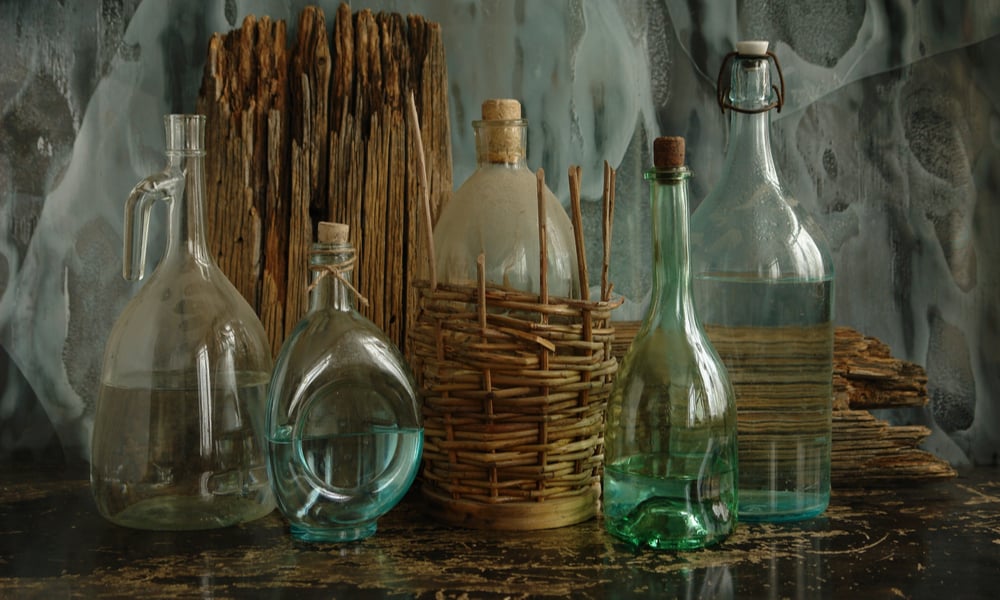
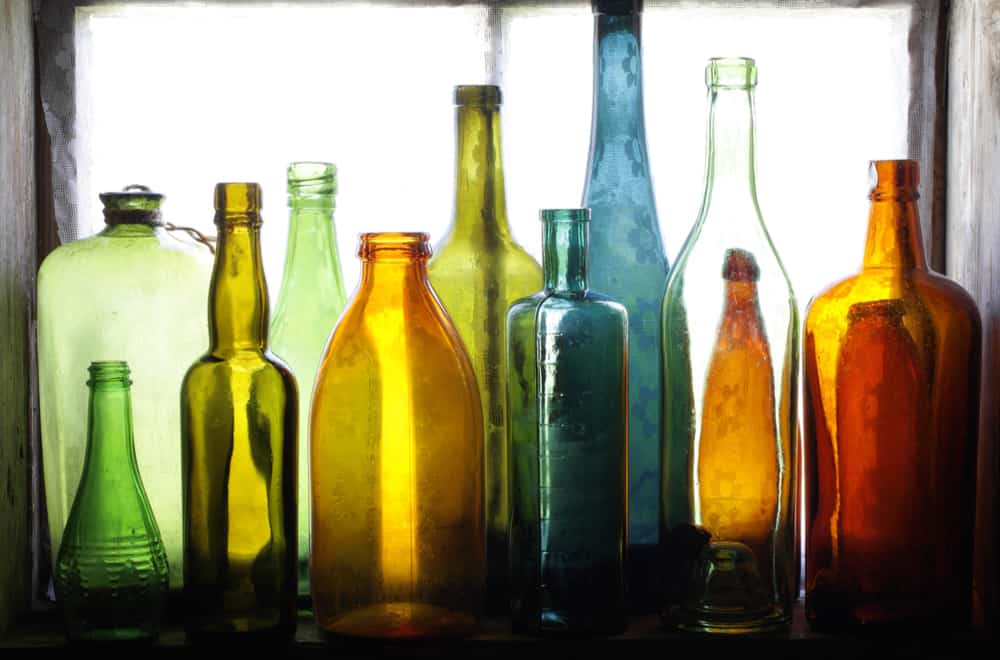
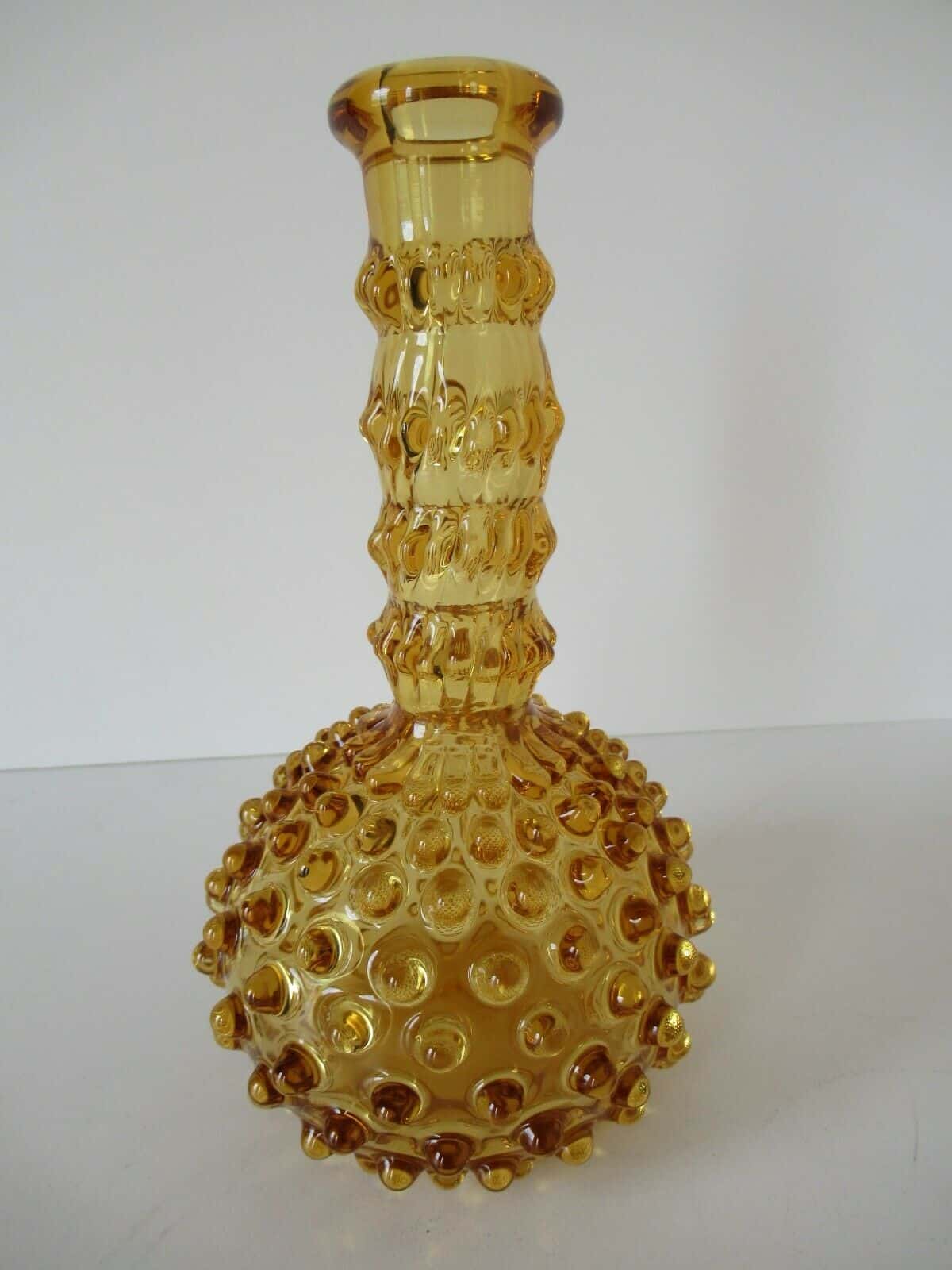
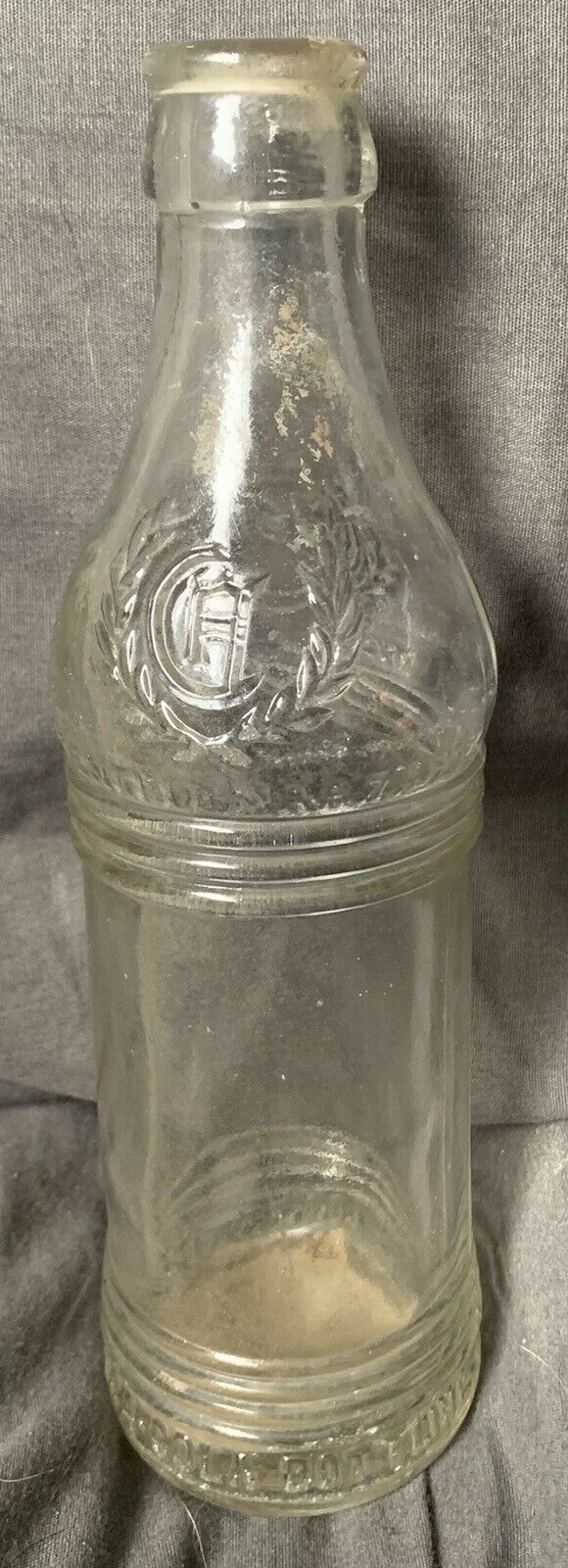
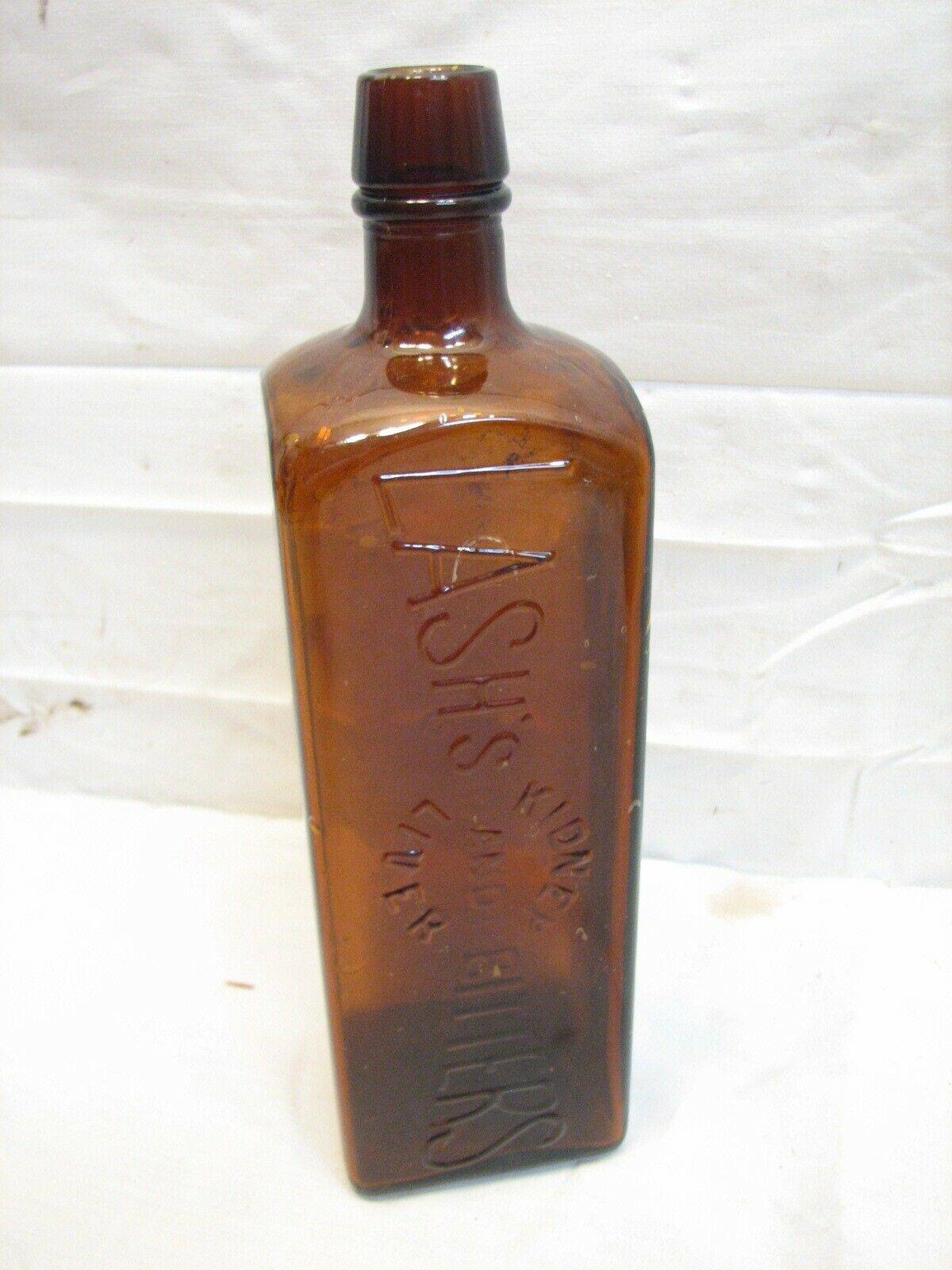
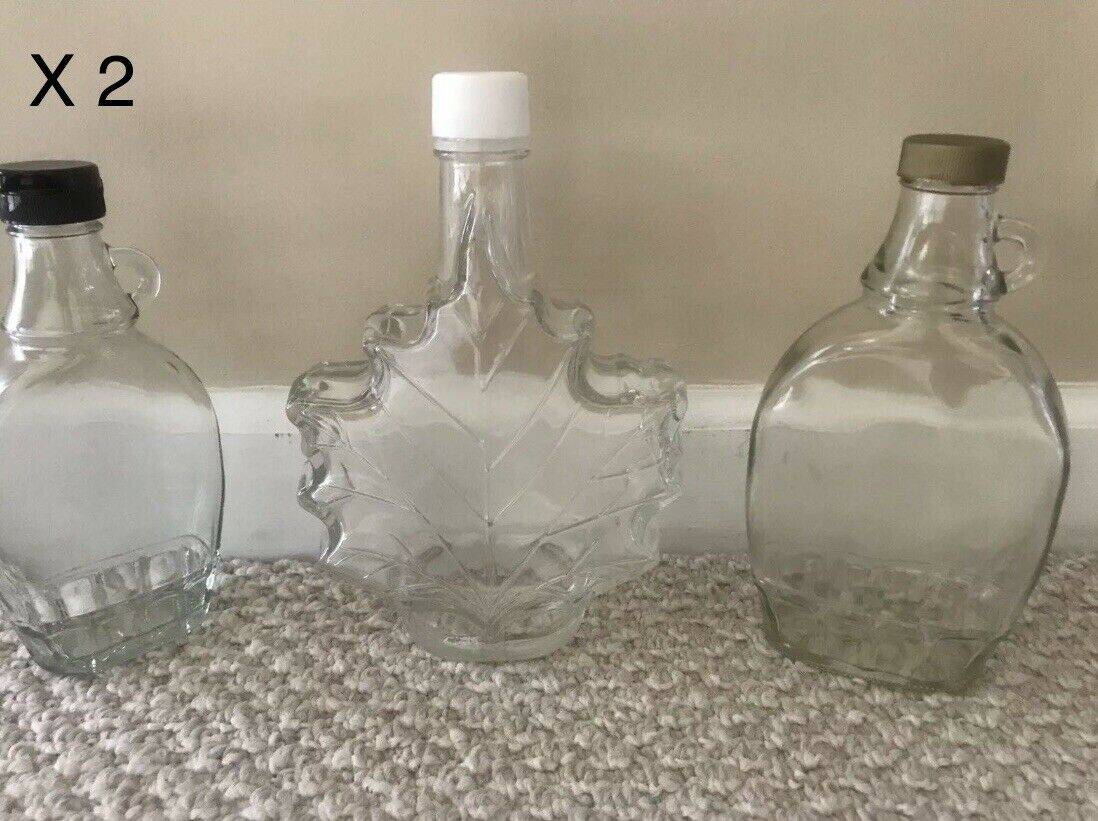
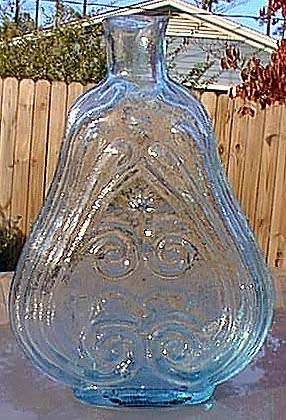
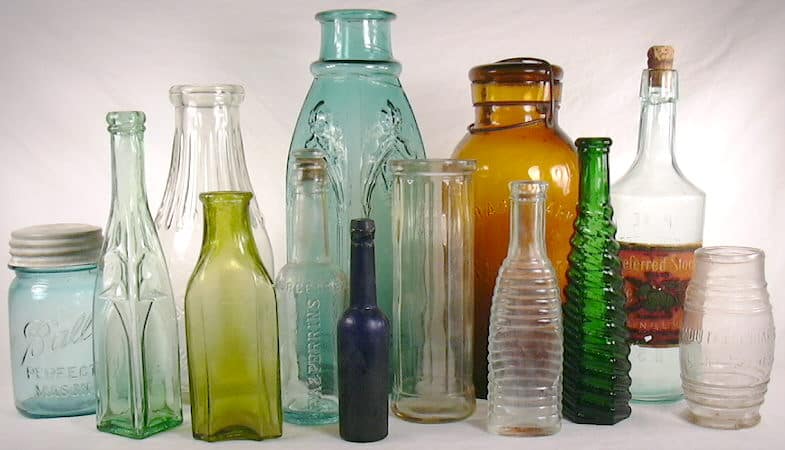
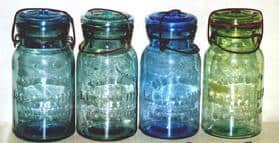
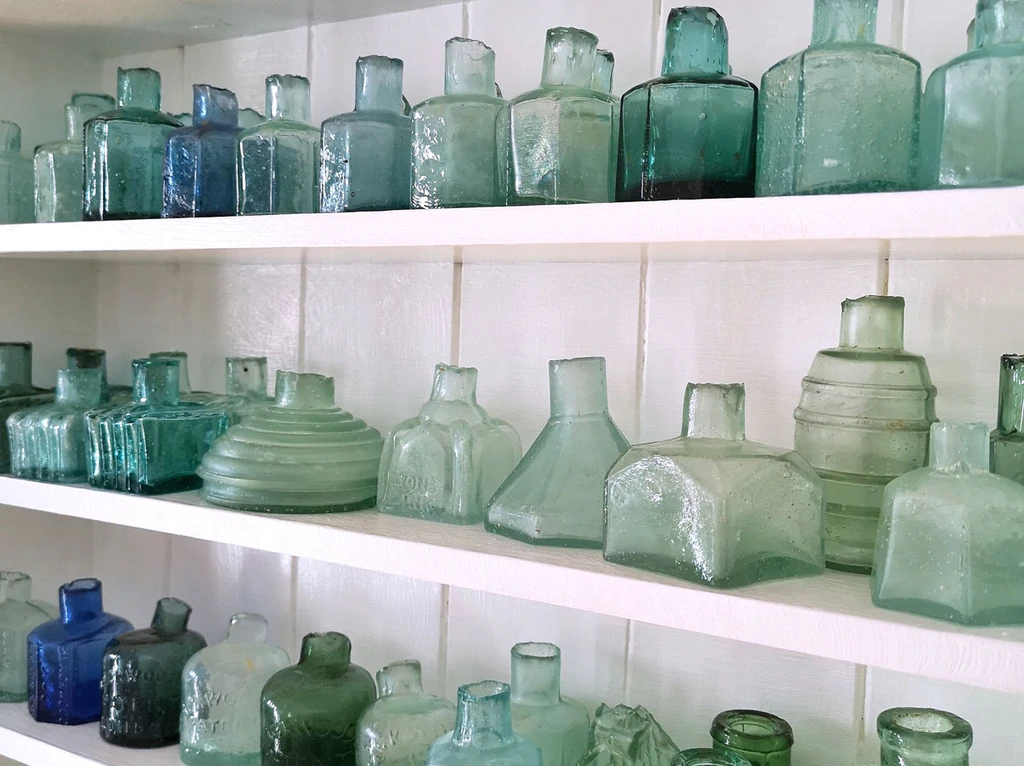
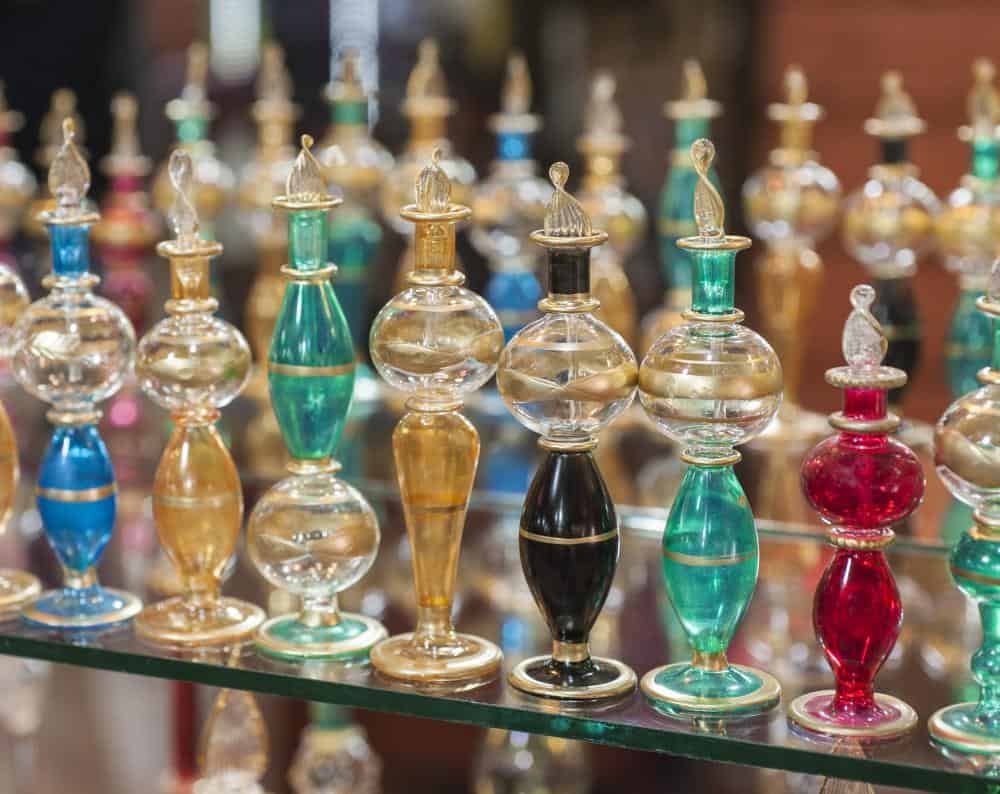
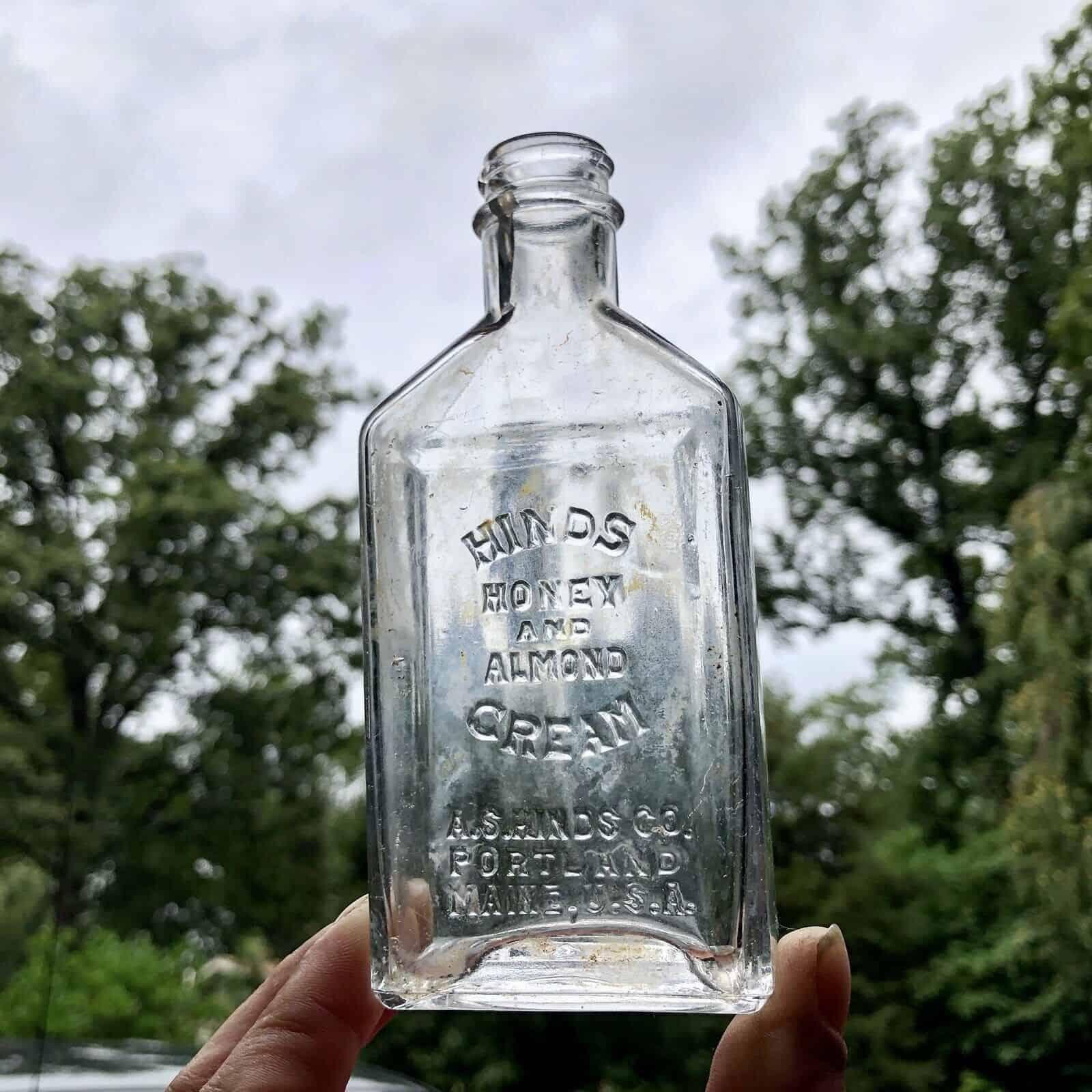
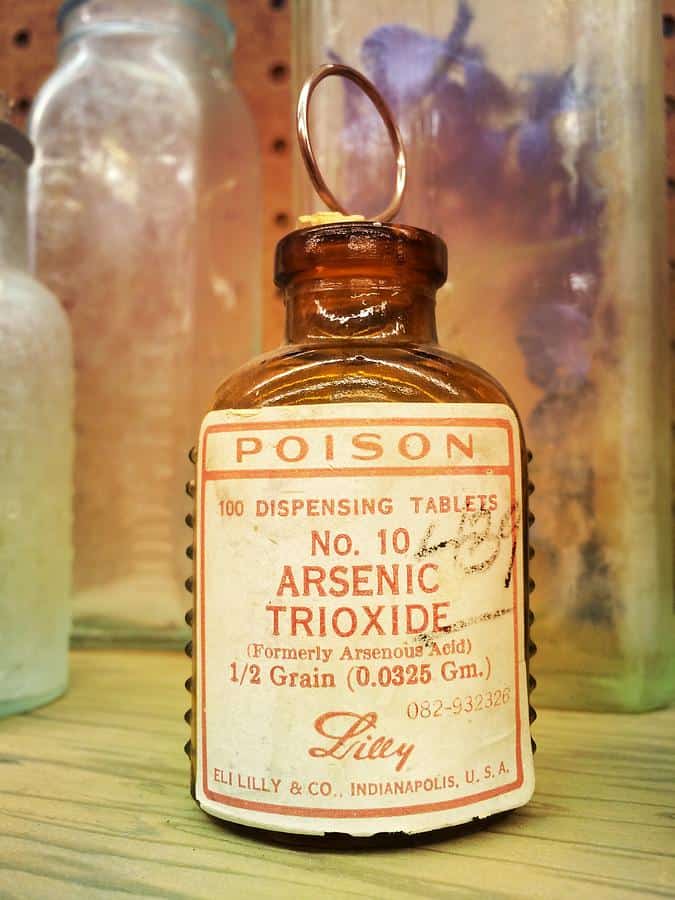
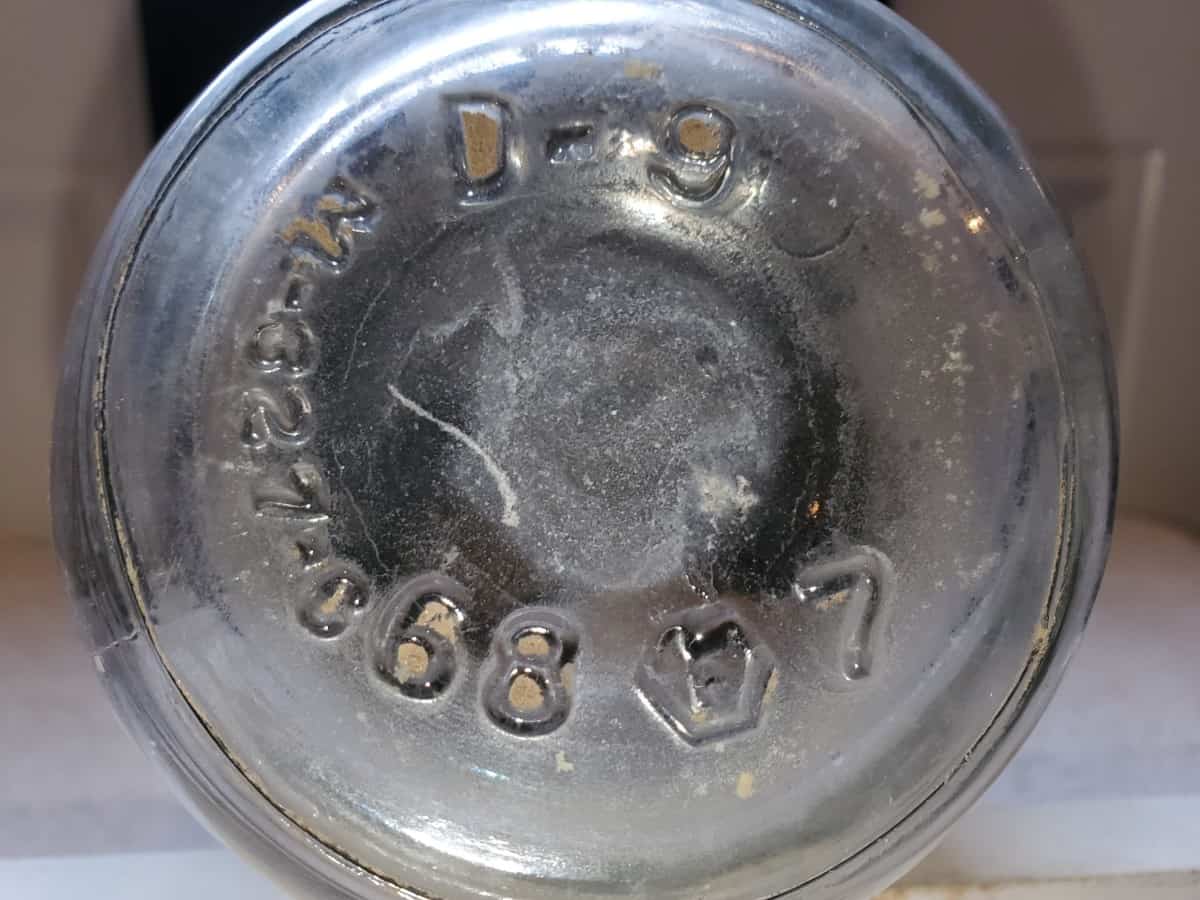
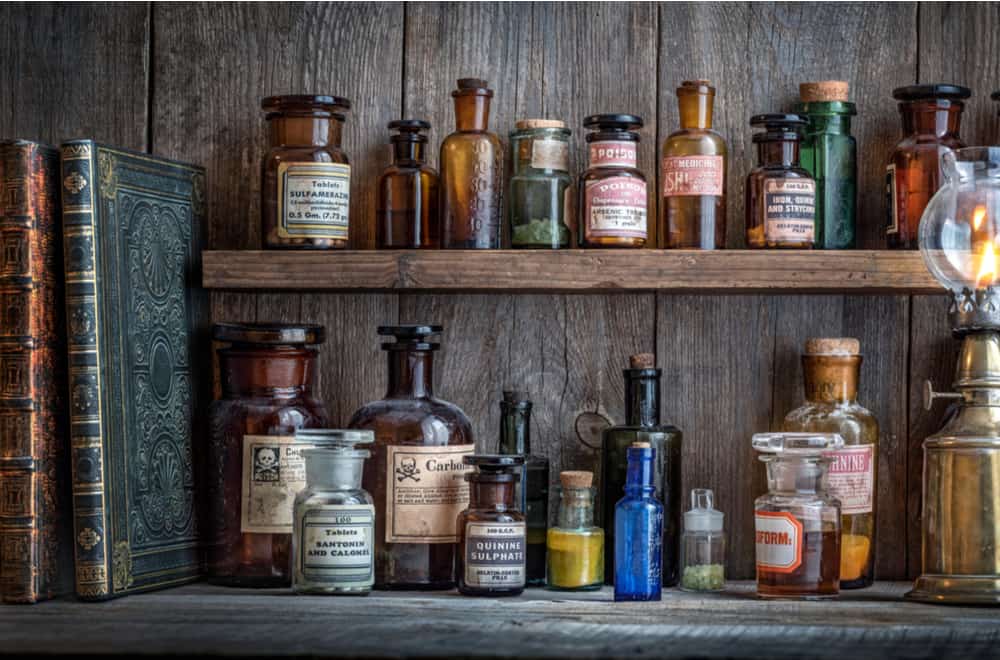
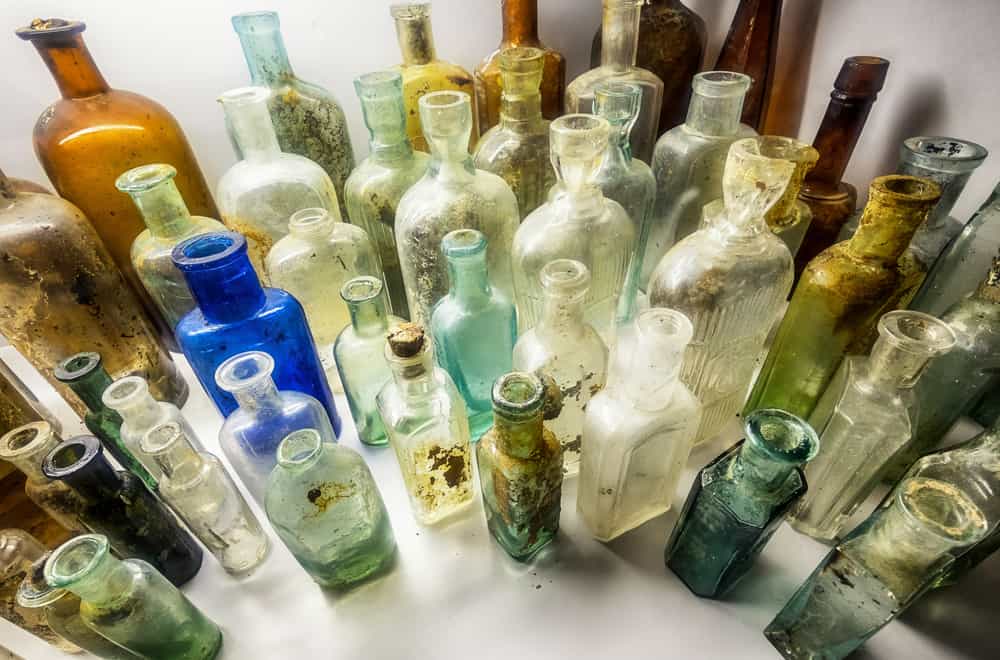
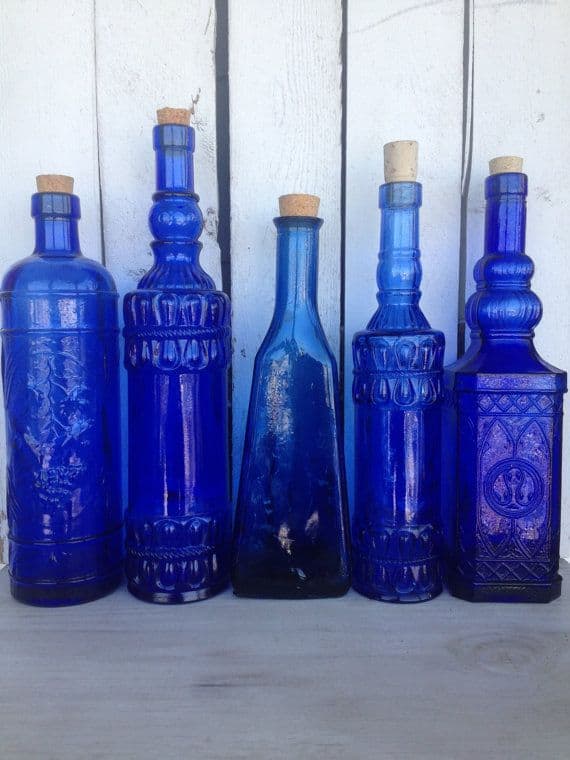
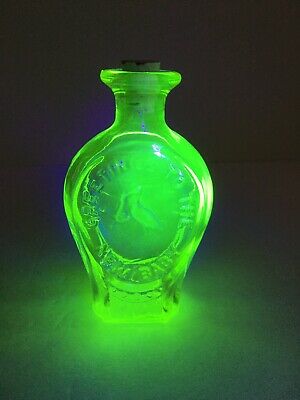
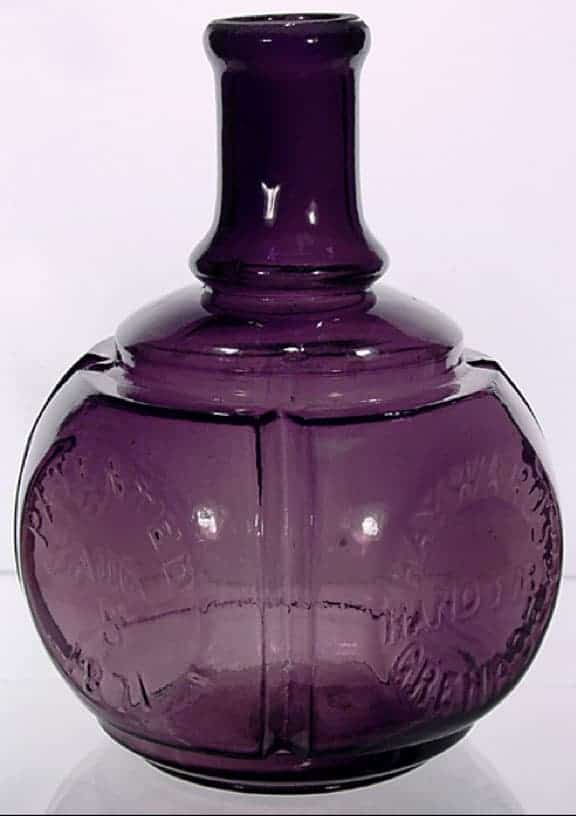
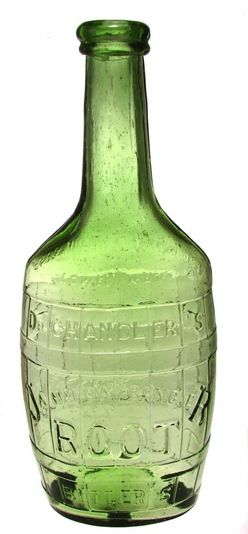
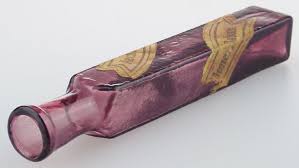
Can you buy 7up bottle of 500mls old type
Candia Stephen from Uganda
+256789117979
hi trying to find valuation, i have the one on the right ‘cobalt blue glass’ picture and 1 similar to the one on the left in mint condition. what would the value be?
Thank U
Anyone know the markings on a glass
Bottle I found on the beach. On the bottom it has a 9 the am I with a circle around it then a 6 with a 2 beneath that